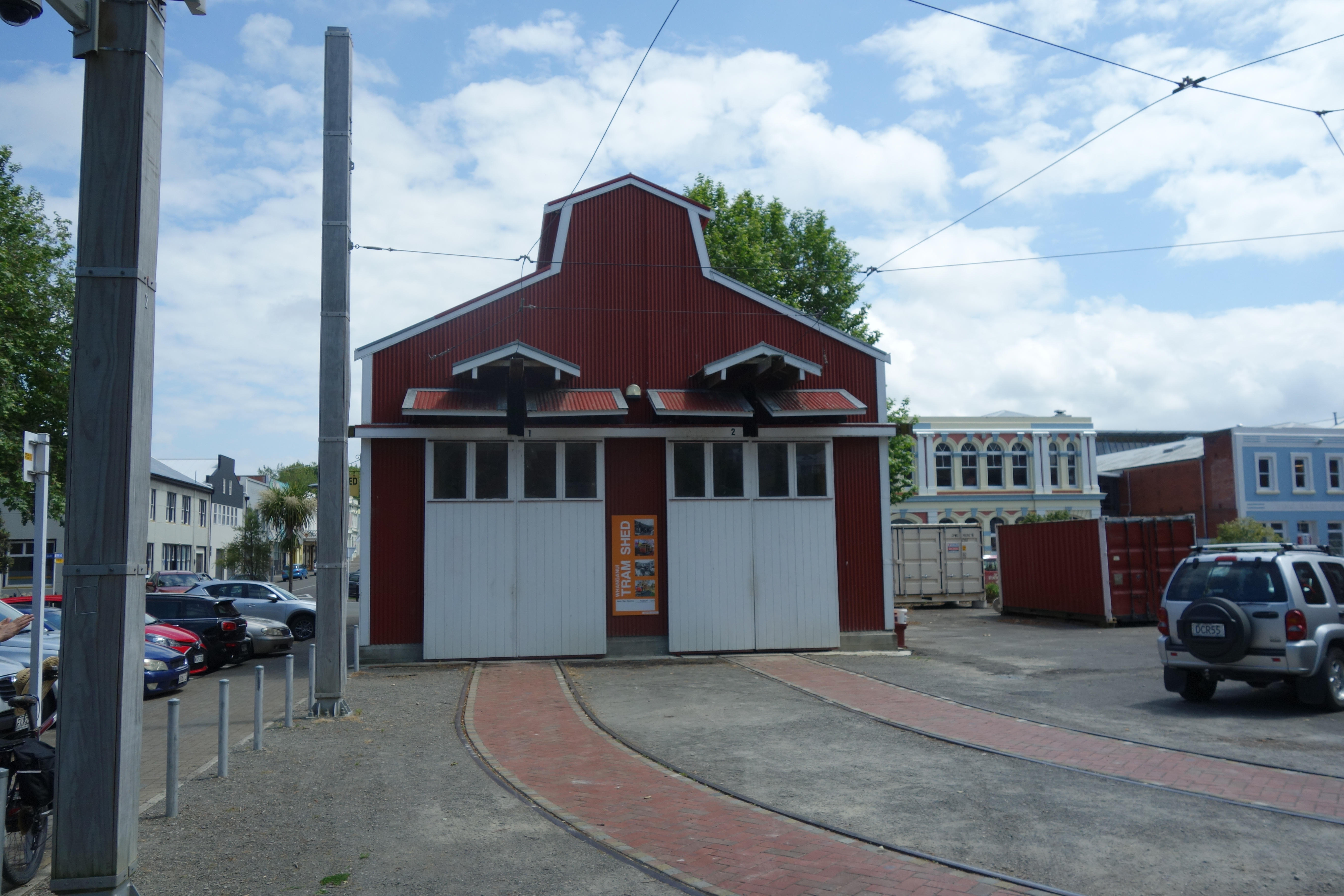Whanganui Central on:
[Wikipedia]
[Google]
[Amazon]
Whanganui Central is the
 Whanganui Central had a population of 4,203 at the
Whanganui Central had a population of 4,203 at the
central business district
A central business district (CBD) is the Commerce, commercial and business center of a city. It contains commercial space and offices, and in larger cities will often be described as a financial district. Geographically, it often coincides wit ...
and central suburb of Whanganui
Whanganui, also spelt Wanganui, is a city in the Manawatū-Whanganui region of New Zealand. The city is located on the west coast of the North Island at the mouth of the Whanganui River, New Zealand's longest navigable waterway. Whanganui is ...
, in the Whanganui District
Whanganui District is one of the districts of New Zealand. It includes the city of Whanganui and surrounding areas.
Geography
Formerly spelled "Wanganui", the Whanganui District Council resulted from the amalgamation of Wanganui and Waitotara co ...
and Manawatū-Whanganui region of New Zealand's North Island
The North Island ( , 'the fish of Māui', historically New Ulster) is one of the two main islands of New Zealand, islands of New Zealand, separated from the larger but less populous South Island by Cook Strait. With an area of , it is the List ...
.
Demographics
Whanganui Central covers and had an estimated population of as of with a population density of people per km2. Whanganui Central had a population of 4,203 at the
Whanganui Central had a population of 4,203 at the 2018 New Zealand census
The 2018 New Zealand census, which took place on Tuesday 6 March 2018, was the thirty-fourth national census in New Zealand. The population of New Zealand was counted as 4,699,755 – an increase of 457,707 (10.79%) over the 2013 census.
Resu ...
, an increase of 417 people (11.0%) since the 2013 census, and an increase of 72 people (1.7%) since the 2006 census. There were 1,878 households, comprising 1,980 males and 2,220 females, giving a sex ratio of 0.89 males per female, with 705 people (16.8%) aged under 15 years, 843 (20.1%) aged 15 to 29, 1,803 (42.9%) aged 30 to 64, and 855 (20.3%) aged 65 or older.
Ethnicities were 72.1% European/Pākehā
''Pākehā'' (or ''Pakeha''; ; ) is a Māori language, Māori-language word used in English, particularly in New Zealand. It generally means a non-Polynesians, Polynesian New Zealanders, New Zealander or more specifically a European New Zeala ...
, 28.6% Māori
Māori or Maori can refer to:
Relating to the Māori people
* Māori people of New Zealand, or members of that group
* Māori language, the language of the Māori people of New Zealand
* Māori culture
* Cook Islanders, the Māori people of the Co ...
, 5.1% Pacific peoples, 7.3% Asian, and 2.1% other ethnicities. People may identify with more than one ethnicity.
The percentage of people born overseas was 15.8, compared with 27.1% nationally.
Although some people chose not to answer the census's question about religious affiliation, 46.1% had no religion, 35.3% were Christian
A Christian () is a person who follows or adheres to Christianity, a Monotheism, monotheistic Abrahamic religion based on the life and teachings of Jesus in Christianity, Jesus Christ. Christians form the largest religious community in the wo ...
, 3.4% had Māori religious beliefs
Māori or Maori can refer to:
Relating to the Māori people
* Māori people of New Zealand, or members of that group
* Māori language, the language of the Māori people of New Zealand
* Māori culture
* Cook Islanders, the Māori people of the Co ...
, 1.3% were Hindu
Hindus (; ; also known as Sanātanīs) are people who religiously adhere to Hinduism, also known by its endonym Sanātana Dharma. Jeffery D. Long (2007), A Vision for Hinduism, IB Tauris, , pp. 35–37 Historically, the term has also be ...
, 0.4% were Muslim
Muslims () are people who adhere to Islam, a Monotheism, monotheistic religion belonging to the Abrahamic religions, Abrahamic tradition. They consider the Quran, the foundational religious text of Islam, to be the verbatim word of the God ...
, 0.6% were Buddhist
Buddhism, also known as Buddhadharma and Dharmavinaya, is an Indian religion and List of philosophies, philosophical tradition based on Pre-sectarian Buddhism, teachings attributed to the Buddha, a wandering teacher who lived in the 6th or ...
and 3.0% had other religions.
Of those at least 15 years old, 528 (15.1%) people had a bachelor's or higher degree, and 840 (24.0%) people had no formal qualifications. 186 people (5.3%) earned over $70,000 compared to 17.2% nationally. The employment status of those at least 15 was that 1,266 (36.2%) people were employed full-time, 507 (14.5%) were part-time, and 267 (7.6%) were unemployed.
Features
Whanganui Regional Museum
The Whanganui Regional Museum in Whanganui, New Zealand, has an extensive collection of natural and human-history objects. The emphasis is on items from the Manawatū-Whanganui region, but the collection also includes objects of national and in ...
opened in 1892 and contains a range of displays about Whangaui's Māori and European settlement.
Sarjeant Gallery
The Sarjeant Gallery at Pukenamu, Queen's Park Whanganui is a regional art museum with a collection of international and New Zealand art. It was closed for 10 years for redevelopment and re-opened on Saturday 9 November 2024. In 2024 it was anno ...
opened in 1919.
Education
Keith Street School is a co-educational state primary school, with a roll of as of .References
{{Whanganui District Suburbs of Whanganui Central business districts in New Zealand Settlements on the Whanganui River